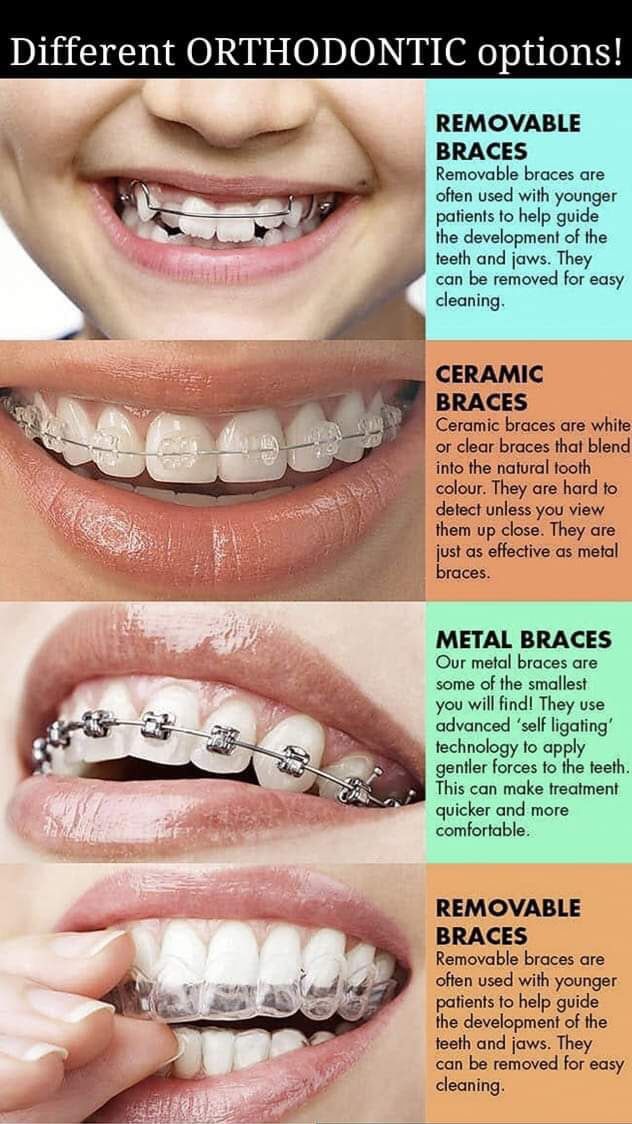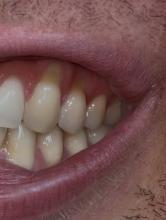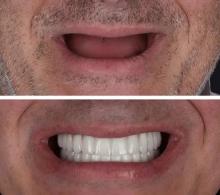Because Every Tooth Deserves Care.
Understanding Braces: Ceramic, Metal, and Removable Braces - Materials, Advantages, and Differences
Language :

Topics:
Braces have come a long way from the traditional metal wires of the past. Today, patients can choose between metal braces, ceramic braces, and removable aligners — each designed with unique materials, functions, and benefits. Understanding their differences helps you choose the best option for your smile transformation.
Metal Braces
Material Used:
Made from high-grade stainless steel or titanium alloys, metal braces are the classic and most durable type used for orthodontic treatments.
Advantages:
-
Strong and reliable for all types of tooth movements
-
Cost-effective compared to other options
-
Highly efficient in correcting severe misalignments
Disadvantages:
-
More noticeable appearance due to metallic color
-
May cause slight discomfort from metal brackets and wires
-
Requires careful cleaning to avoid plaque buildup around brackets
Analysis:
Metal braces remain the most recommended option for complex orthodontic cases because of their strength, precision, and proven success rate.
Ceramic Braces
Material Used:
Composed of polycrystalline or monocrystalline ceramic, these braces blend with natural tooth color, making them less visible than metal braces.
Advantages:
-
Aesthetic and tooth-colored, ideal for adults and professionals
-
Equally effective in aligning teeth as metal braces in mild to moderate cases
-
Resistant to corrosion
Disadvantages:
-
Slightly more brittle and prone to cracking than metal
-
Can stain if oral hygiene is poor
-
More expensive than traditional braces
Analysis:
Ceramic braces offer a balance between aesthetics and performance. They are ideal for those who value appearance while still needing fixed braces.
Removable Braces (Clear Aligners)
Material Used:
Made from medical-grade thermoplastic materials (BPA-free), clear aligners are custom-molded to fit each patient’s teeth.
Advantages:
-
Nearly invisible, offering a discreet appearance
-
Removable during eating, brushing, and flossing
-
Comfortable and smooth — no wires or brackets
Disadvantages:
-
Not suitable for very complex cases
-
Requires discipline to wear 20–22 hours daily
-
Can be lost or damaged if not properly stored
Analysis:
Removable braces provide convenience and comfort, making them popular among adults seeking subtle orthodontic correction without metal or ceramic brackets.
Final Thoughts
Each type of brace serves a unique purpose depending on your dental needs, lifestyle, and aesthetic preference.
-
Metal braces: Best for strength and complex cases
-
Ceramic braces: Best for a natural look with fixed reliability
-
Removable braces: Best for flexibility and appearance
Consult your dentist or orthodontist to determine which type suits your treatment goals and daily routine.








